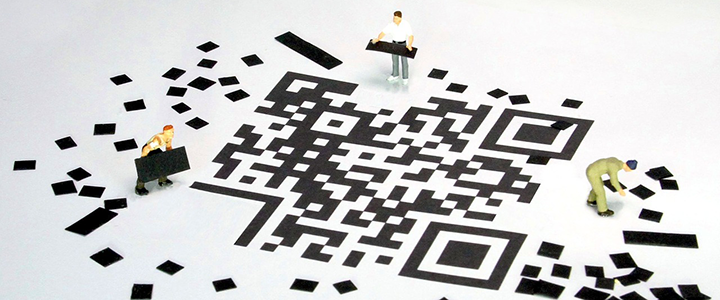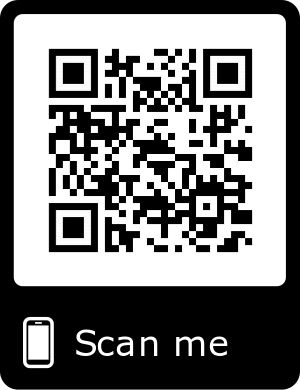A QR Code’s New Life for Direct Marketers

Quick Response Codes (QR codes) started out as a great idea in the ’90s that didn’t really take all the way off for advertisers and marketers in the early 2000s. Why?
- Smartphone adoption wasn’t what it is today and
- You needed a QR code reader app on your phone to be able to scan the code to go to a website or landing page which was cumbersome and
- There were uses of codes that just didn’t make sense (e.g., highway billboards? Really?)
Fast forward 20 years, and the pain point for direct marketers is that a call-to-action (CTA) from a print piece to a digital destination requires typing in a URL, and that just takes too long. If you have a personal URL (PURL), it may encourage highly motivated recipients to type in a URL because they’re curious what is on the other side and don’t mind typing. But a QR code piques curiosity AND gives instantaneous gratification without typing. Give me the baby, not the labor, right?

It wasn’t until built-in QR code reader functionality was part of the native camera apps on both iOS and Android phones that it became easier to send your audience where you want them to go. You would be surprised how many people with smartphones aren’t yet aware of this, but it has been around since iOS 11. That small shift makes it so much easier to aim your camera and go right where the marketer wants you to go. Give it a try. QR codes are never gonna give you up. Just sayin’.
When you send customers or prospects to a digital destination from a print piece, be sure it’s optimized for mobile because they will be viewing on their smartphone. Keep in mind that the goal of modern direct marketing is to get the customer or prospect to the point of conversion in THE FEWEST CLICKS POSSIBLE. Don’t make them work or search for it or you’ll lose them. To do this, you should always use app deep links. App deep links are hyperlinks, but instead of going to the URL in the phone’s browser (e.g., Safari) requiring the viewer to log in to an app in the browser, they automatically launch the app and go directly where you want them to.
App deep linking works great for:
- Asking customers to like your business on Facebook and Instagram or to subscribe to your YouTube channel.
- Retailers driving QR code scanners directly to a product inside the Amazon app to buy.
- People waiting at the transit station scanning a QR code from a poster to download a book for their Kindle.
- Meeting attendees scanning a QR code to go to an online survey.
- Calendar events or save-the-date signage driving scanners to add an entry directly to their calendar.
- Menus linking to online nutritional information on menu items.
- Advertising signage with teaser text and QR code driving scanners to learn more.
Clickity clickity buy it now! You can also use deferred deep linking to allow the QR code scanner to buy the app that hasn’t yet been installed on their phone, and once installed, it will automatically take customers right where you had intended for them to go. This has full support on Android’s Google Play.
Many marketers, who have been around a minute, lost the love for QR codes 5-10 years ago, but the use of QR codes has skyrocketed in Millennial and Gen Z pop culture. I first noticed this when I bought a Gimble stabilizer for shooting video on my iPhone. The instructions for how to use the device had QR codes that all went to specific how-to videos hosted in YouTube instead of written instructions. Back then I typed in the YouTube URL because I’m old school and didn’t want to bust out the QR code reader app, not realizing it wasn’t necessary. Now all of the dots are connecting. If I only knew then what I know now.
It’s all about making the path to purchase as easy as possible. When driving customers or prospects from print to a digital destination, don’t make them work for it. Let them scan it and go!
